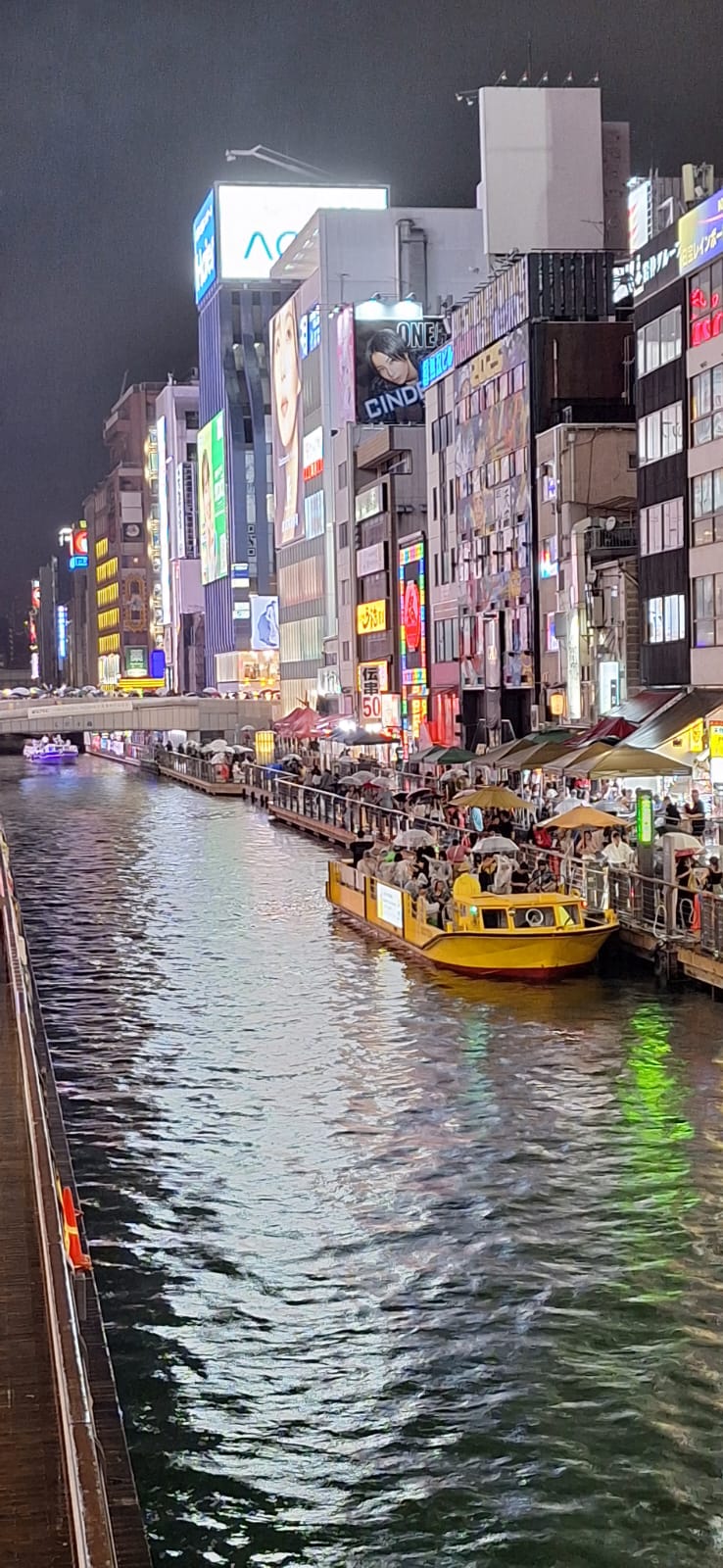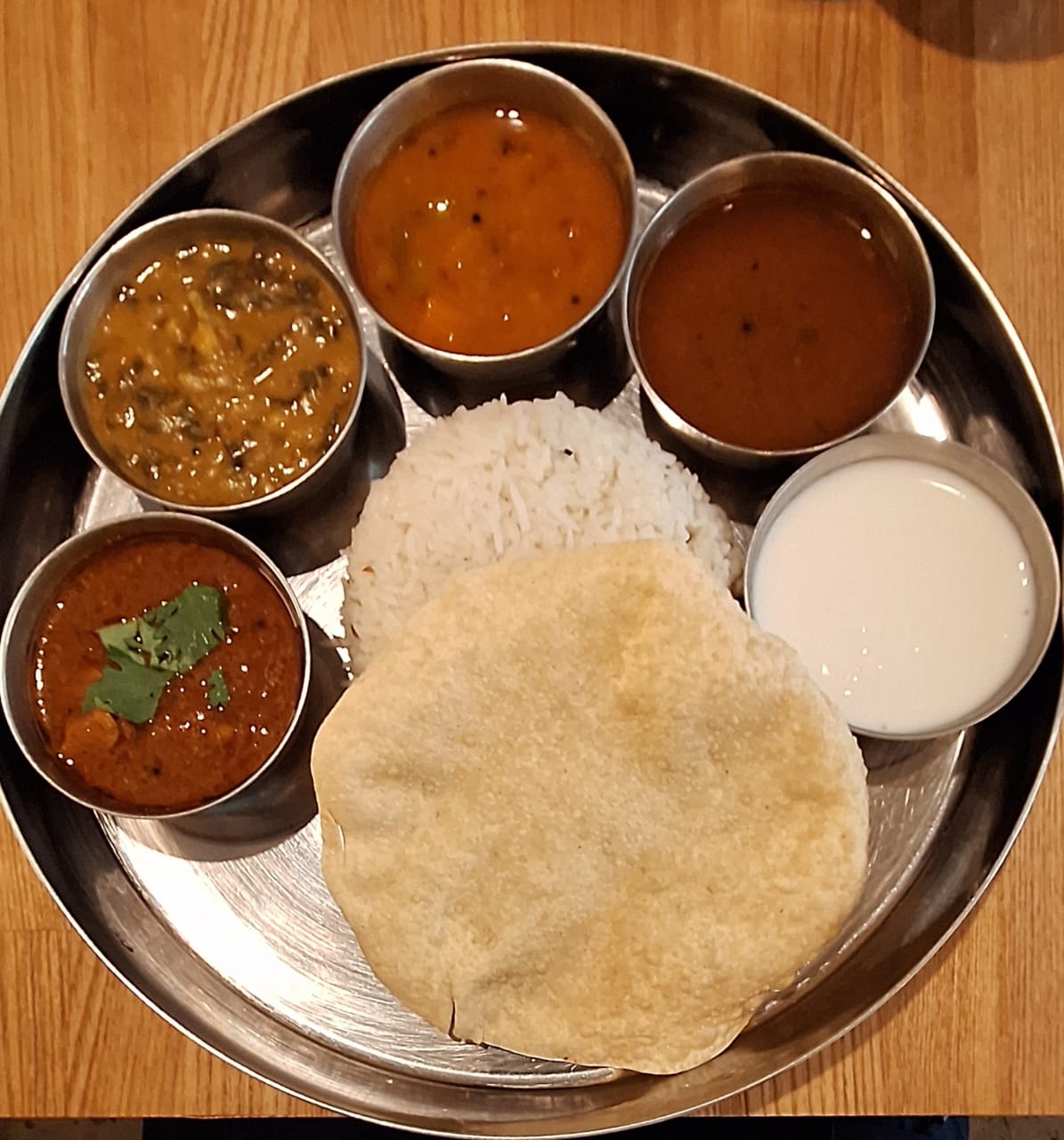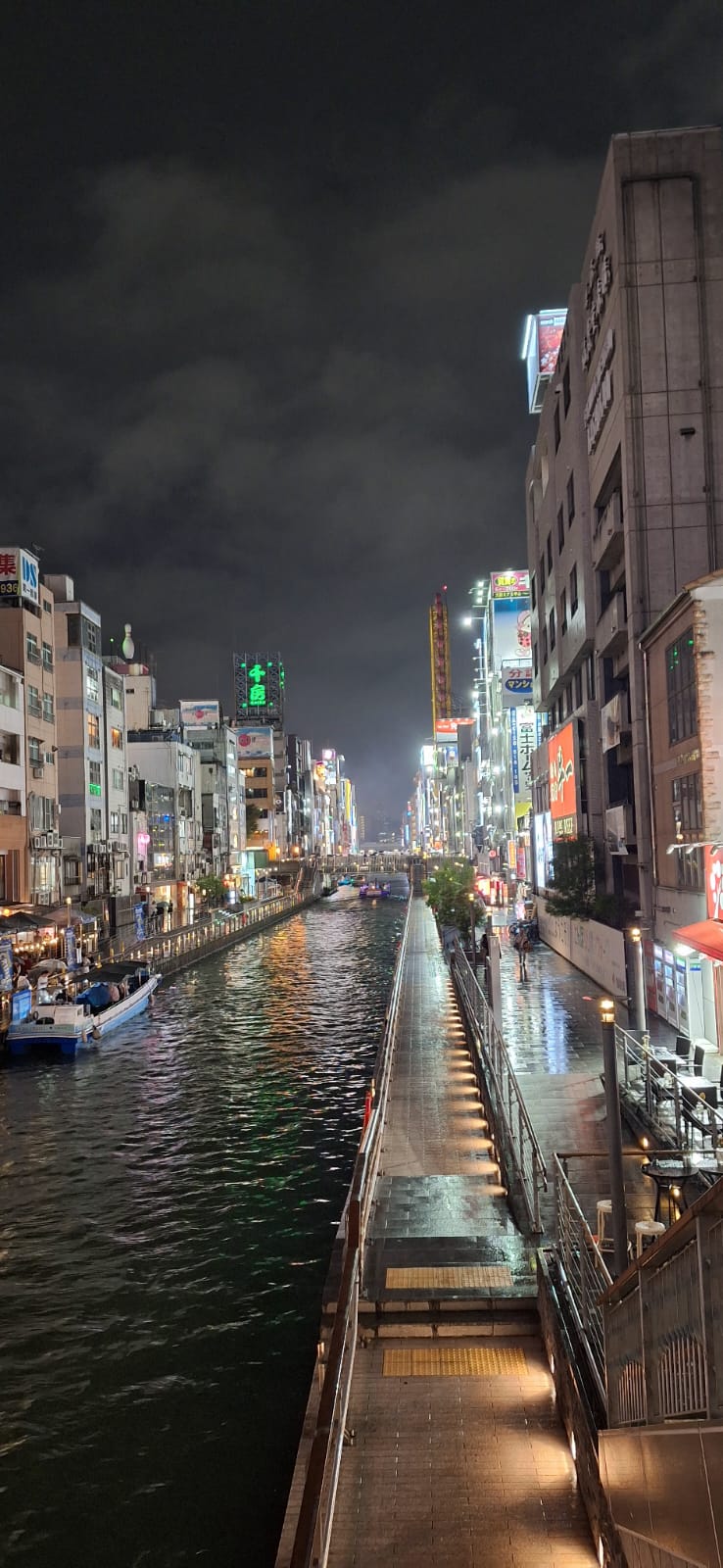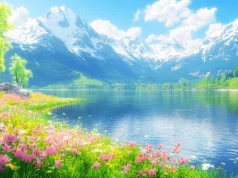All That Glitters is Gold

By Randip Sahu
Somewhere between my second masala dosa and a matcha parfait that could convert a cynic, I realised that Dōtonbori isn’t just a
district in Osaka—it’s a living, breathing
creature of neon, naughtiness, and nourishment. It seduces you with its lights, feeds you with its heart, and embraces you like an old friend who’s part drag queen, part grandmother, and part anime protagonist.
And yes—if you’re vegetarian, fear not. You’re not just included; you’re celebrated.
Let’s start with a little miracle called Hotel Eric South. Tucked near Honmachi Station and a short hop from Dōtonbori’s whirlpool of lights, this humble eatery is run by a Japanese chef who trained in Chennai for five years—and returned with an accent in Tamil and a mastery of sambar. Here, masala dosas arrive crispy and golden, vadas wear their crunch like armor, and the sambar has a homesick richness that could bring a Tamilian to tears. The South Indian vegetarian thali is a glorious mosaic: spicy rasam, tempered dal, crunchy poriyal, and chutneys that flirt with mango, coconut, and mint in unforgettable harmony. This isn’t just food—it’s memory served on a stainless-steel platter.

And beyond Eric South?
Osaka surprises you. You can wander the backstreets of Shinsaibashi and Namba and find everything from vegetarian okonomiyaki (Japanese savory pancakes made without bonito flakes or meat), to udon noodles in kombu broth, tofu skewers kissed by charcoal, and matcha soft serve that makes every other dessert feel underdressed. Look for conveyor-belt sushi places that serve vegetable maki rolls, inari sushi (sweet tofu pockets of rice), and seaweed salads that taste like the sea sang you a lullaby.
And then there’s Dōtonbori itself—Osaka’s pulsing, neon-slicked heart. When night falls, this place throws off its daytime shawl and becomes a mythic beast of color and sound. The Glico running man blinks above the canal like a benevolent god of selfies. Mechanical crabs wave their claws at you. The canal sparkles with boat tours, each one trailing laughter and camera flashes. And the crowd? A parade of high schoolers in Gothic Lolita dresses, grandmas in silk kimonos, and tourists like me—awed, alive, and a little bit tipsy on joy.
This is where fashion goes to party. You’ll see cosplayers sipping iced matcha, lovers in coordinated outfits whispering secrets over mochi, and street performers turning the sidewalk into Broadway. Dōtonbori is equal parts cinema, carnival, and culinary utopia. And in a world where everything is commodified and curated, it feels thrillingly, defiantly real.
Back home in India, we toggle between GDP forecasts and geopolitical tremors. TV debates boil over like pressure cookers without safety valves. But here, in this luminous street where takoyaki stalls stand beside bubble tea bars, where a vegetarian can eat like royalty, and where no one asks your name—just your appetite—you remember what it feels like to be free.
You come to Dōtonbori thinking it will entertain you. It does. But it also seduces you, surprises you, and somewhere around your second chutney or third canal cruise, it saves you. Not in some dramatic, Bollywood-monologue kind of way. Quietly. With fireworks made of soy sauce and neon.
As my trip to Japan winds to a close, I know I’ll carry this place inside me like a secret gem. And to anyone in India wondering if the world still holds magic: book the ticket.
Come to Osaka. Come to Dōtonbori.
Because sometimes, I heard it said:
“All that glitters really is gold.”





